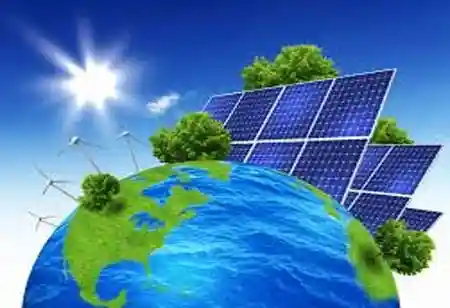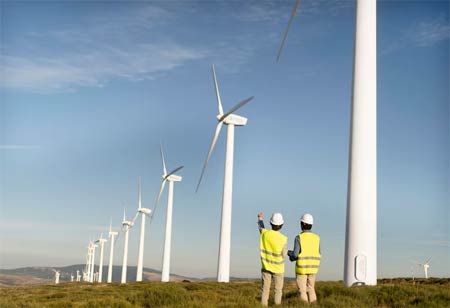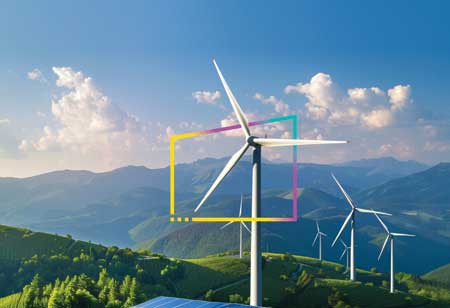CLOSE
Specials
I agree We use cookies on this website to enhance your user experience. By clicking any link on this page you are giving your consent for us to set cookies. More info
Be first to read the latest tech news, Industry Leader's Insights, and CIO interviews of medium and large enterprises exclusively from Energy Tech Review
Thank you for Subscribing
What are the Various Types of Renewable Energy Sources?
Clean energy has exploded in popularity in recent years as many of the world's most significant economies seek to wean themselves off polluting fossil fuels

By
Energy Tech Review | Tuesday, August 17, 2021
Stay ahead of the industry with exclusive feature stories on the top companies, expert insights and the latest news delivered straight to your inbox. Subscribe today.
Clean energy has exploded in popularity in recent years as many of the world's most significant economies seek to wean themselves off polluting fossil fuels.
FREMONT, CA: Wind and solar energy are just two of the six renewable energy sources used globally. Clean energy has surged in recent years as many significant economies attempt to move away from polluting fossil fuels.
In 2018, renewable energy sources generated 28 percent of global electricity, with hydropower, wind, and solar accounting for 96 percent.
Renewables will generate 49 percent of global energy by 2050, according to the EIA's International Energy Outlook 2019.
The following section summarizes the six distinct types of renewable energy technologies.
Wind energy: Wind energy is one of the fastest-growing renewable energy sources as countries seek to cut emissions. The technique uses the kinetic energy created by moving air to generate electricity. Wind turbines or wind energy conversion devices turn this into electricity. The technology can be used onshore or offshore, with fixed-bottom turbines moored to the seabed or floating constructions situated in deeper waters.
Solar energy: Solar energy is one of the cleanest and most abundant renewable energy sources. Solar photovoltaic (PV) is the most established low-carbon energy technology, and its costs are falling as it scales up.
The International Energy Agency (IEA) predicts that between 2021 and 2025, solar will add an average of 125GW of additional worldwide capacity per year.
Hydro energy: Water's gravitational force is used to generate hydroelectricity. Conventional (dams), pumped storage, run-of-river, and offshore marine (tidal). Hydropower plants release fewer greenhouse gases than fossil fuel plants, but building plants and dams cost a fortune.
The IEA predicts hydropower to fulfill 16 percent of global electricity demand by 2023.
Biomass energy: Biomass is a broad phrase encompassing everything from plants and wood to animal and agricultural waste. Many consider it a renewable energy source because biomass sources like plants, dung, and garbage are not finite like fossil fuels. To generate electricity, wood pellets are often gathered from forests and burned. When it comes to alternative energy sources, coal-fired power plants are becoming a more viable option.
Tidal energy: Tidal energy is produced by turning energy from strong tides into power. Its generation is more predictable than wind and sun energy. The global focus on renewable energy is likely to stimulate the development of new tidal energy systems.
Geothermal energy: Geothermal energy uses heat pumps to bring steam or hot water to the surface deep inside the earth's crust. Three types of geothermal power plants are available for processing raw energy: dry steam plants, flash steam plants, and binary cycle plants. Geothermal energy's reliability, low cost, and low carbon footprint make it an appealing future power source.
See Also: Top 10 Business Continuity Consulting/Services Companies

Copyright © 2025 Energy Tech Review. All rights reserved






